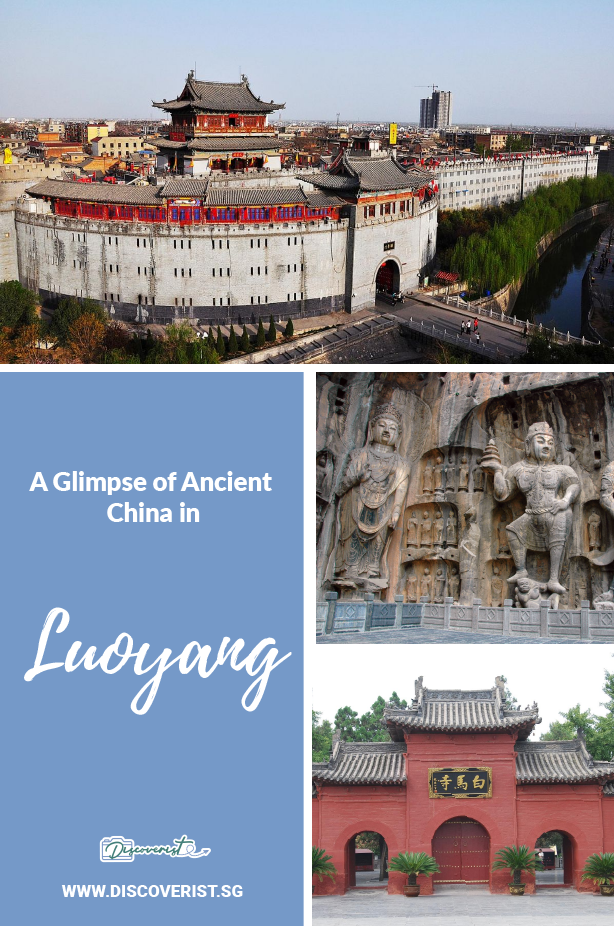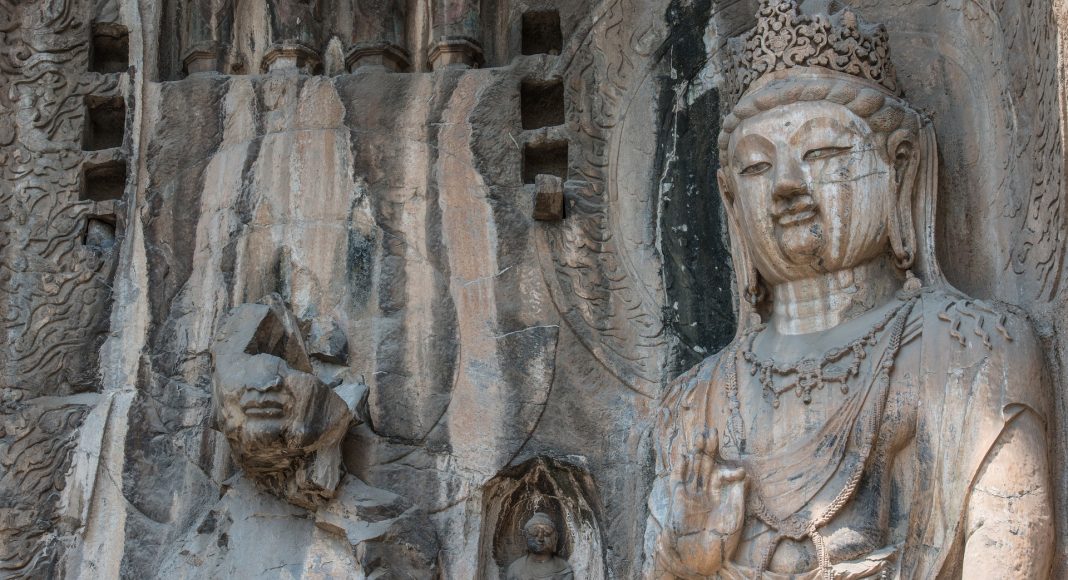LUOYANG – Scaling the standing ruins of the Great Wall of China or standing in the middle of the large and hallowed plaza of the Forbidden City, it’s easy to be in awe of ancient China’s magnificence and imagine that Beijing, China’s current capital, has always been the heart of China.
For much of contemporary history, that much is true, and it’s undeniable Beijing occupies an unshakeable place in Chinese society today. But delve even further back in history, and you’ll be surprised find that it was another place that was once served as the heart and centre of Ancient China.
History of the Once Forgotten Capital of Ancient China
Luoyang lies peacefully in the western side of the Henan Province where the Luo River converges with the Yellow River, the birthplace of the ancient Chinese civilisation. The north or sunny (yang) side of the Luo River has traditionally been considered the centre of the universe by the ancient Chinese, which explains in part why Luoyang was chosen as the capital of several dynasties of ancient China.
Beginning with the Eastern Zhou dynasty to Wu Zetian’s Zhou dynasty, and the later Tang dynasty, Luoyang has been the seat of power for over 1500 years, cementing itself as one of China’s most ancient and celebrated capital cities in Chinese history.
The ancient capital of Luoyang has also birthed some of the greatest inventions known to man – namely print, paper, and the compass – tools that have objectively altered the course of the development of humankind.
Today, the historical city has no doubt taken a backseat to the surging ones of Beijing, Shanghai, and the Panda haven of Chengdu. While history and culture buffs lament the eroding of importance and imprint of the city of Luoyang, it was an inevitable progression as investment and focus of the central power of China shift southwards, away from the landlocked citadels to new port cities.
That leaves Luoyang in an awkward and largely forgotten spot. While the world is enamoured by the glitzy modern cities of China, its ancient pillars are a mere blip in the radar for foreign travellers.
Sure, it’s not the most exciting city, but if one truly wants to know China, Luoyang is an excellent place to start.
Historical Significance of Luoyang Today
Being the capital of several dynasties (a staggering 13 of them!) in China, it should come as no surprise that Luoyang has a rich cultural history, one that alludes to the earliest Chinese civilisations.
Longmen Grottoes
Quite possibly the largest and grandest natural attraction in Luoyang, the Longmen Grottoes present the largest collection of Chinese art (all devoted to Buddhism) belonging to the late Northern Wei and Tang dynasties (316-907). Along with the Yungang Caves and the Mogao Caves, the Longmen Grottoes are often regarded as one of the three greatest Buddhist sculptural sites in China.
First initiated by Emperor Xiaowen of the Northern Wei dynasty, the Longmen Grottoes consists of some 110,000 Buddhist stone statues, more than 60 stupas, and 2,800 inscriptions carved on steles, a truly impressive and gargantuan collection, both in size and numbers.
One of the must-visit locations when in Luoyang, the climb is well worth to see the marvel of these Luoyang historical relics.
White Horse Temple
If being the home of one of the most famous grottoes in all of China isn’t enough, the White Horse Temple in Luoyang was the very first Buddhist monastery in China.
Often considered the cradle of Chinese Buddhism, the White Horse Temple has over 1900 years of history. The temple was the place where the first Indian monk lived, the first Buddhist scriptures in China were kept, and of course where the first Chinese monks were initiated.
The City of Peony
The peony flower is the national flower of China, known to represent wealth and good fortune. While it’s the contemporary national flower of China, it was actually cultivated in Luoyang during the Sui dynasty (581-618 CE), making Luoyang the birthplace and cultivation ground of the Peony.
The peony’s weight in Chinese society can easily be discerned through its prevalence in Chinese artistic works, ranging from literature and poetry to paintings and architecture.
The celebration of China’s national flower peaks with the Luoyang Peony Festival, which takes place every April, and has been running for over 30 years now. Held at the Luoyang National Peony Garden, it’s this time of the year where you can truly see the diversity and beauty of the peony, with a myriad of colours set against the lush and rich greenery of the garden.
➯ Did you like this post? Pin it and share it with others!



